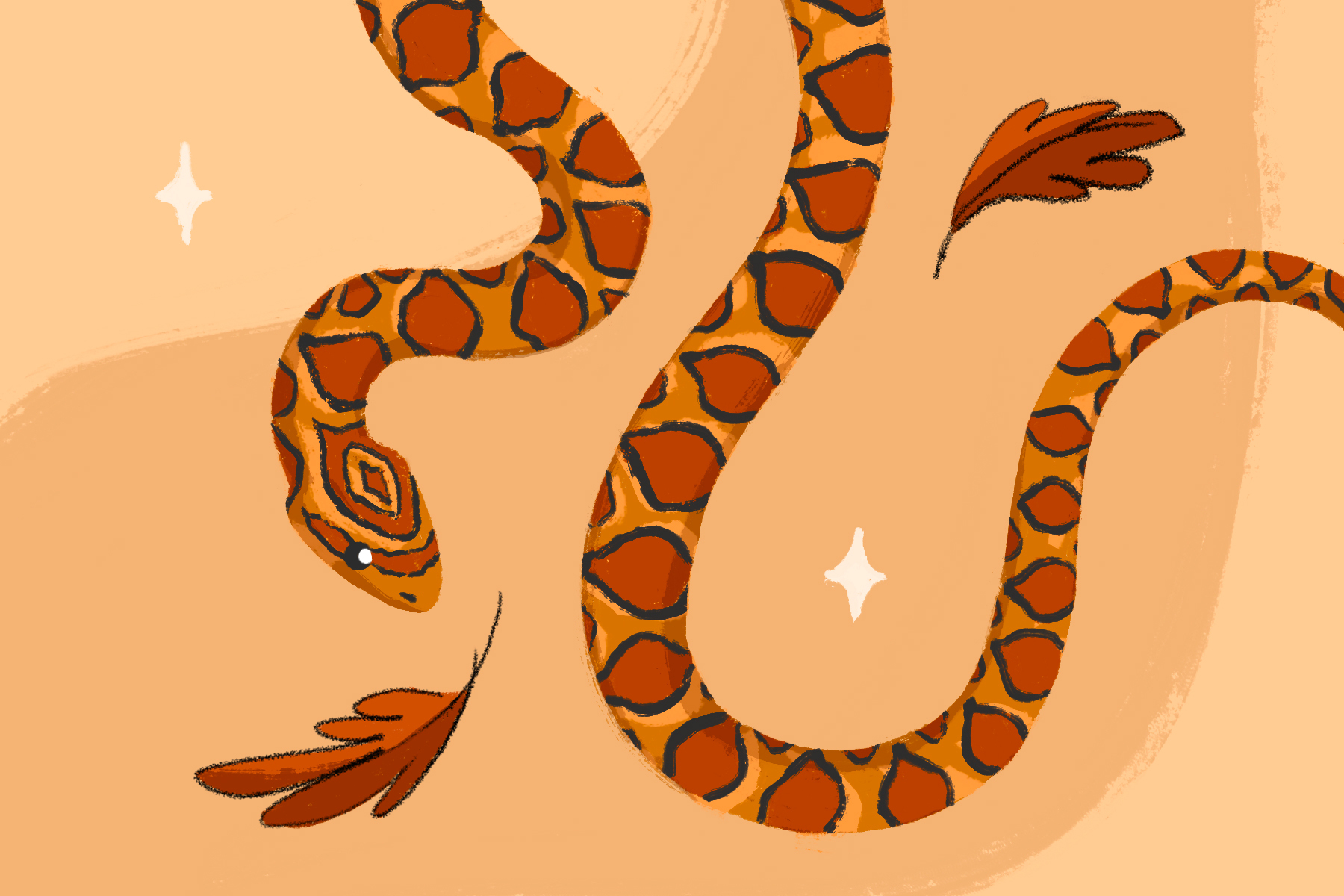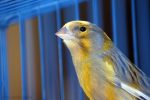Does a corn snake make a good pet? Corn snakes are great for beginner snake owners. They are easy to care for, and they do not get exceptionally large. Most corn snakes are very docile and respond well to being managed. They’ll also get more used to being taken care of the more time you spend with them. They are good eaters, and they are available at most pet stores. You can get a corn snake starting at about $50, depending on what type you get. There are over 800 corn snake morphs, and each morph has its own coloring pattern that the snake is named after. A few types of corn snakes include lavender, snow, coral snow and albino.
Back to the Basics
To start your corn snake habitat, you will need a tank — preferably a minimum of 20 gallons, but 40 gallons would be better. You can choose from plastic or glass, but it has been noted that glass is better. Make sure you have a lid for it unless you want the snake to escape. You will also need a heat lamp to ensure your snake has a clear day-night cycle. Additionally, get a digital thermometer so you can gauge what the tank’s temperature is. You will want it to be on the warmer side, between 75 and 85 degrees Fahrenheit. Corn snakes need a humid environment; if they get too dry, they could suffer from skin problems. Your corn snake should be in a habitat with 40 to 50% humidity.
Your corn snake will also need a shallow water dish to drink from and soak their body in, but they won’t need a food dish. They will also require a minimum of two houses of some sort because they like to hide, and they’ll need climbing branches, too. Lastly, your snake will need bedding. Cedar, pine or aquarium gravel is best — do not use mulch chips or shavings from a hardware store. These are potentially dangerous to your snake because they could contain chemicals.
Personal Experience
I got my albino corn snake, Pomegranate, from a local pet store when he was a baby. He is a beautiful combination of pinks and reds. He eats about once a week. We started him on pinkies, which are mice with no fur, and gradually fed him bigger mice. You can feed them live or frozen mice. I have had him for over a year, and he is doing great. He is easy to care for and fed once a week. I have learned that you should not handle corn snakes for about two days after feeding because they could regurgitate their food.
I handle my snake a few times a week, letting him out to slither around the couch and my arms. When it is warm outside, I take him on walks by putting him around my neck and letting him chill there while I walk. I have also taken him to pick my daughter up from school. My corn snake will let me know he is hungry by peaking his head out of his house and looking at the top of the tank.
Low Maintenance
Corn snakes will grow up to five feet and live about five to 10 years. At about three years old, they will reach their full-grown length. They are very easygoing, and they rarely bite. The more you handle them, the more comfortable they will become with being held. Snakes have an incredibly good sense of smell and hearing. Because of this, they can recognize and remember you. Snakes are odor neutral, meaning that they do not have any smell themselves and do not give off any scents. Therefore, the only reason your snake will smell is if you do not clean their environment. You should do a thorough cleaning of your corn snake’s tank about once a month.
Corn snakes have a slow metabolism, so you can go on vacation and not worry too much about them. No need for someone to come feed them every day or let them out to go potty. No having to pay an arm and a leg for your pet’s stay at the animal hotel, either. This is only one of the many reasons corn snakes make such great pets.
Should You Get One, Too?
So, the overall answer to the question of whether a corn snake is a good pet is, yes. They are easy to buy and easy to maintain, since the food is cheap and lasts several weeks. You can get six frozen mice for less than $10 to start, and there are no huge bills when you go on vacation because you don’t have to put them up. There is no special diet for them. The maintenance of a corn snake is exceptionally low.
They come in so many colors that the hardest part of choosing one is often picking the color combination you want. Corn snakes rarely need a veterinarian, but make sure you have a number handy for one that specializes in exotic animals just in case. They also do not get big enough to be hazardous to cats or dogs.
A few more fun facts about snakes: They have a forked tongue, which is how they use their sense of smell. When they are sticking their tongue out at you, they are smelling you. Nothing more, nothing less. And they like heat, so do not get jumpy if they try to climb into your shirt or hoodie; they can be cuddly but not in the way a kitten is. You can tell when your snake is about to shed its skin because their eyes get hazy. Corn snakes are perhaps the friendliest snakes. You may find your corn snake is staring at you, but that usually means it wants to be fed.
But there are a couple of warnings that you need to be aware of, too. If you do not clean your corn snake’s cage, they can get fungal infections, which means a trip to the vet. They may also get respiratory infections because of poor cage maintenance, as well. They do not interact with their owners like a dog or cat will; however, if you are okay with that, then they are a rather good pet to have around for a while.
















